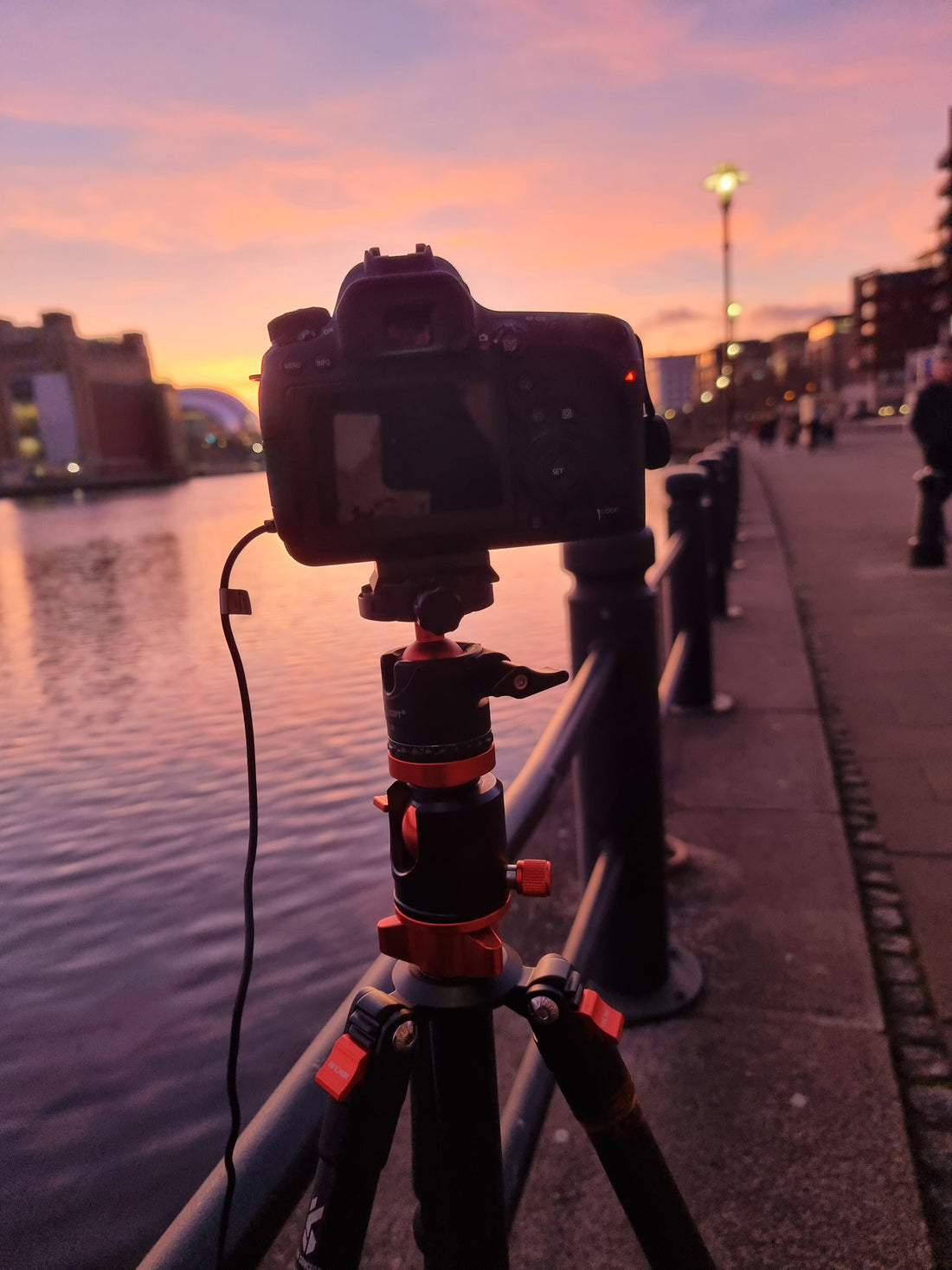- Use elements in a scene, such as roads, rivers, fences, or buildings, to draw the viewer's eye to a specific focal point in the composition.
2. **Rule of Thirds:**
- Divide the frame into thirds both horizontally and vertically. Place elements along these lines or at their intersections to create a more dynamic and balanced composition.
3. **Depth of Field:**
- Control the depth of field by adjusting the aperture. A wide aperture (low f-number) results in a shallow depth of field, blurring the background and highlighting the subject. A narrow aperture (high f-number) creates a large depth of field, keeping more of the scene in focus.


4. **Long Exposure:**
- Use slow shutter speeds to capture the movement of water, clouds, or other elements, creating a sense of motion and blur. This technique can add drama and artistic appeal to a photograph.

5. **Golden Hour and Blue Hour:**
- Take advantage of the warm, golden light of sunset and sunrise (golden hour) or the blue light of twilight before sunrise and after sunset (blue hour). These times of day often provide the most flattering and atmospheric light for outdoor photography.



